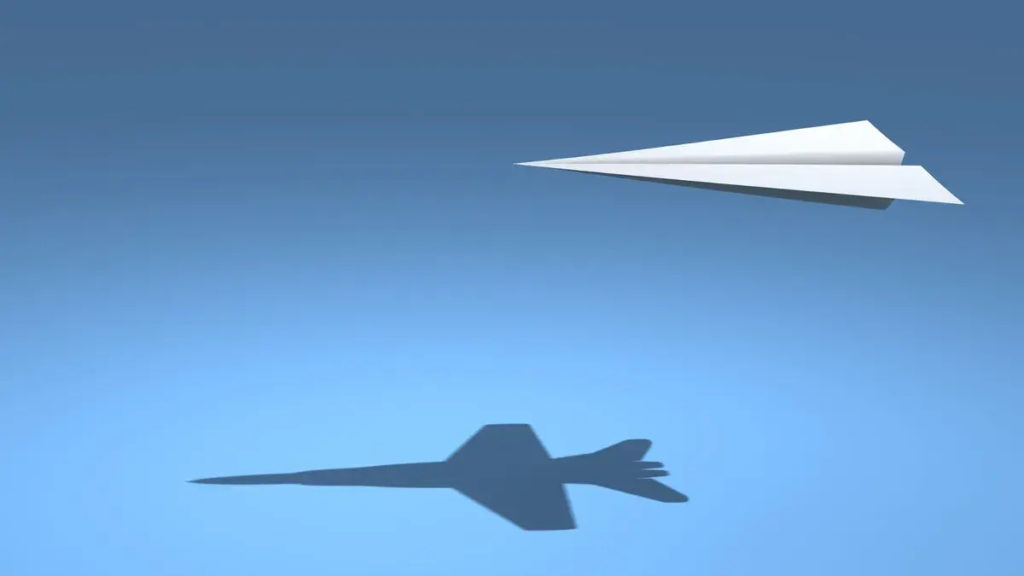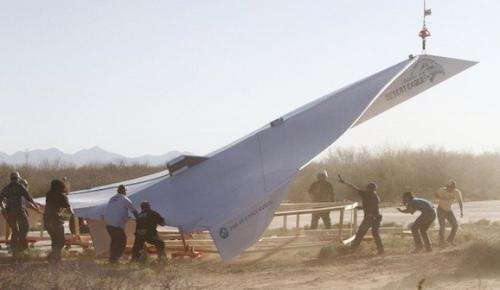Have you ever wondered about the connection between those paper airplane designs we used to make in the childhood and the marvels of modern aviation? Surprisingly, there is a captivating link between the two. In this article, we will explore the world of paper airplanes and their intriguing relationship with real planes. So buckle up and prepare for a soaring journey through the skies of knowledge!
The Art of Paper Airplanes
Paper airplane enthusiasts, young and old, are familiar with the joy of crafting and launching these aerodynamic wonders. The simplicity of folding paper into a flying machine has captivated generations. But did you know that paper airplanes offer more than just entertainment? They also provide valuable insights into the principles of flight and aerodynamics.
How to Make a Paper Airplane
Before we delve into the science behind paper airplanes, let’s start with the basics: how to make a paper airplane. You can create an aircraft that defies gravity and glides through the air with a single sheet of paper. The process is both an art and a science, requiring precise folds and careful attention to detail.
To get you started on your paper airplane journey, here’s a simple step-by-step guide:
- Take a standard piece of paper, preferably A4 size.
- Fold the paper in half lengthwise, creasing it firmly.
- Unfold the paper, and then fold the top corners to meet the centre crease, forming a triangle.
- Fold the newly created triangle in half, with the open edge facing outward.
- Fold the wings down, aligning them with the bottom edge of the paper.
- Give your airplane a slight bend in the middle, creating an airfoil shape.
- And voila! You’ve just made your very own paper airplane.

The Science of Flight
The magic of paper airplanes lies in their ability to defy gravity and soar through the air. But what exactly makes them fly? To understand this, we need to explore the science behind flight.
Aerodynamics is the study of how objects move through the air. It encompasses the forces that act on an aircraft and the principles that enable it to stay airborne. The same principles that govern real planes also apply to paper airplanes.
When you launch a paper airplane, several forces come into play. The most important ones are:
- Lift: This upward force counteracts the aeroplane’s weight, allowing it to stay aloft. The shape of the wings and the airflow over them determine the lift generated.
- Drag: Drag is the resistance encountered by the airplane as it moves through the air. Streamlined designs minimize drag and help the airplane glide smoothly.
- Thrust: Thrust is the forward force that propels the airplane through the air. In the case of paper airplanes, thrust is generated by the initial throw and the shape of the aircraft.
Exploring Paper Airplane Designs
Just as there are countless types of real planes, the world of paper airplanes offers a vast array of designs to choose from. Some are optimized for distance, while others prioritize aerobatics or stability. Let’s explore a few popular designs:
- The Nakamura Dart: Named after its creator, Takuo Toda, this design holds the Guinness World Record for the longest time in flight. It showcases the perfect balance between simplicity and performance.
- The Boomerang: This design lives up to its name by returning to the thrower in a graceful arc. It’s a symbol of skill and precision in paper airplane crafting.
- The Glider: As the name suggests, this design focuses on achieving long, smooth glides through the air. It’s ideal for those who appreciate the beauty of graceful flight.
- The Zazoom: If you’re looking for speed and agility, the Zazoom is the perfect choice. With its sleek and streamlined design, this paper airplane can dart through the air with impressive velocity.
- The Valkyrie: Inspired by the mythical Norse goddesses, this design combines elegance and stability. The Valkyrie soars through the air confidently, making it a favourite among paper airplane enthusiasts.

Paper Airplanes and Real Planes: A Fascinating Connection
While paper aeroplanes may seem like child’s play, they share fundamental principles with their larger, real-world counterparts. Many aircraft designers and engineers often use paper prototypes to test and refine their ideas before constructing actual planes. The simplicity and cost-effectiveness of paper airplanes allow for rapid iteration and experimentation.
Moreover, the aerodynamic principles observed in paper airplanes directly apply to real planes. Concepts like lift, drag, and thrust are the building blocks of aviation, guiding engineers in their quest for efficient and safe flight.
Taking Flight: From Paper to Reality
Now that we’ve explored the link between paper airplanes and real planes, it’s time to take your newfound knowledge to greater heights. Whether you’re fascinated by the world of aviation or enjoy the art of paper folding, understanding the science behind paper airplanes adds an extra layer of appreciation to these miniature marvels.
So the next time you fold a paper airplane and watch it gracefully glide through the air, remember its fascinating connection with the planes that carry us across continents and beyond. The journey from a simple sheet of paper to the skies above is a testament to human curiosity, creativity, and the wonders of flight.
If you’re eager to dive deeper into the world of paper airplanes and explore more designs and techniques, be sure to check out LiftnDrift, a comprehensive resource for paper airplane enthusiasts. From step-by-step instructions to the science behind flight, LiftnDrift offers a wealth of information to help you master the art of paper folding and aviation.
Remember, the sky’s the limit when it comes to paper airplanes. So let your imagination take flight, and may your paper creations soar with grace and style!
Disclaimer: This article is for informational purposes only. Always follow local regulations and exercise caution when launching paper airplanes, especially in crowded or restricted areas.
Some frequently asked questions (FAQs) about paper airplanes:
To make a paper airplane that flies far, it’s important to consider the design and aerodynamics. Opt for designs with sleek and streamlined shapes, such as the Nakamura Dart or the Zazoom. Additionally, ensure precise folding and make sure the airplane is well-balanced.
The best paper airplane design can vary depending on personal preference and intended purpose. Some popular designs known for their performance include the Nakamura Dart, Boomerang, and Glider. Experiment with different designs to find the one that suits your flying style the best.
Yes, absolutely! With the right design and technique, you can make a paper airplane that performs tricks. Designs like the Boomerang or models with wing flaps allow for aerobatic maneuvers such as loops and flips. Get creative and explore different folding techniques to add some flair to your paper airplanes.
Yes, paper airplane competitions are quite popular. These competitions often include categories such as distance, time in flight, aerobatics, and accuracy. Participants showcase their skills by crafting and flying their paper airplanes to achieve the best results in each category.
While the most common choice is regular printer or notebook paper, you can experiment with different types of paper to see how they affect the performance of your paper airplane. Thinner or lighter paper may allow for smoother glides, while heavier paper might provide more stability and durability.
To improve the stability of your paper airplane, consider making precise and clean folds. Ensure that both wings are symmetrical and aligned properly. You can also add small adjustments, such as making slight bends or creases to achieve the desired stability during flight.
Yes, there are several world records associated with paper airplane flight. These records include longest time aloft, longest distance flown, and largest paper airplane. The records continue to be broken as paper airplane enthusiasts push the limits of design and technique.

